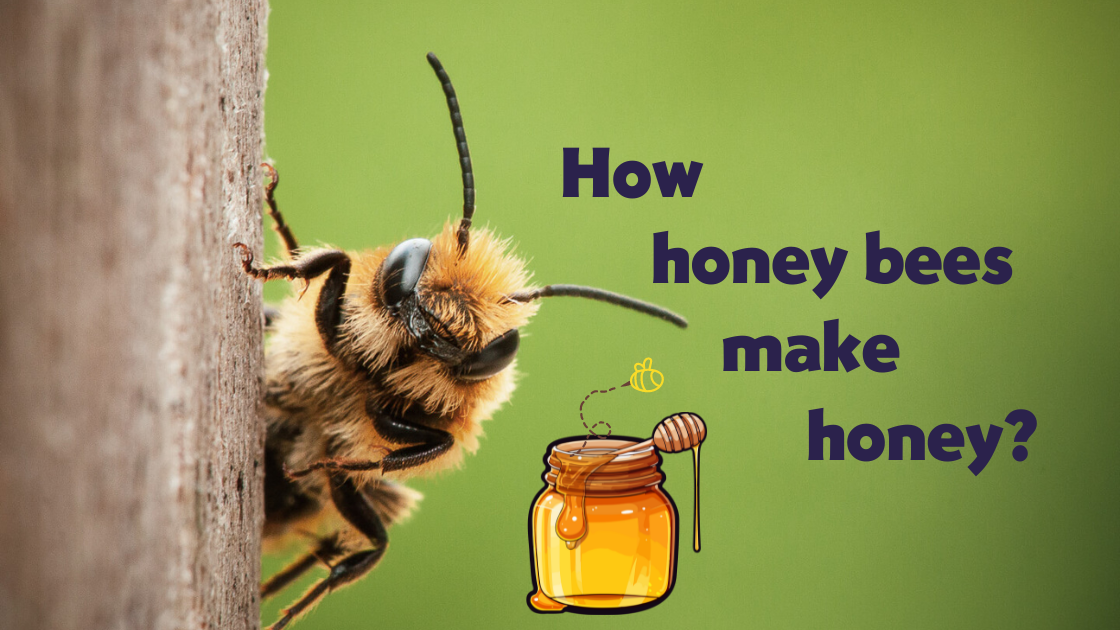
The world is home to approximately 5.5 million different insect species. They vary in every aspect. Some are known for their unique skills and abilities. Mosquitoes bite and feed on blood, spiders spin webs and use poison, ants are known for their hardworking nature and ability to lift heavy objects, & butterflies and dragonflies are beautiful and colorful insects.
Among all these, “Honeybees” are cute little creatures gifted to produce the sweetest natural substance in the world, known as “Honey.” With a total bee variety of approximately 20,000 and a total population of nearly 101 million around the world, only honey bees are the one that can produce honey.
We all know that honey bees make honey, but have you ever thought about how honey bees make honey and for whom they make it?
If not, no worries. We’re all going to discover today how these young cooks prepare their meals, “Honey.”

Honey Making Process: Step-by-Step
Spring arrives, the weather starts to warm and nature blooms with vegetation. Honey bees leave their hives in search of flowers is where the real journey starts.
- When a honey bee finds a flower, it will use its tongue like a straw and suck the nectar(a sugary juice) from the flower and visit up to 100-1000 flowers a day.
- One of their two stomachs called the “honey stomach,” is where Honeybees store the honey.
- After filling the second stomach they head back to the hive. During its return, the digestive enzymes are already working to break down the nectar into sweet gold.
- When reach the hive, they will vomit the nectar into other bee’s mouths.
- Vomiting & transfer of nectar continues and the enzymes help to break the complex sugar and raw nectar into simple sugars such as fructose and glucose.
- The bees store this watery juice in honeycomb cells inside the hive.
- The bees flap their wings to generate heat to evaporate the water from the juice and make it thicker.
- They can cover the cell with beeswax that will help the syrup to store for further use.
- The bee colony is ready to consume the old batches of honey for survival.

Interesting facts
- Honey bees are also the backbone for the survival of many plants and flower species as they help in pollination.
- Honey bees can travel up to 2 km normally & 5 km in some cases each day in search of nectar.
- A honey bee colony typically consists of three kinds of adult bees: workers, drones, and a queen.
- The female bees i.e. the worker bee and the queen bee are the only one that stings.
- Honey is naturally anti-bacterial and can be stored in jars for centuries.
So, the next time you taste honey, remember the hard work done by the bees to produce it and never waste your food. Not just honey bees, but nature holds many beautiful things to see. One should always enjoy the beauty, not harm it.
Read more on: What are the Top 5 Oldest Languages in the World? History and Origin
What are the popular Simpsons predictions that came true later?
Chill Vibes and Delicious Bites: (Top Cafes in Kasol)
Ziro Music Festival Exploring The Untouched Festival of India!!
